Is there a need to remove the bottom sprouts of the pepper and when should you not?
Many gardeners who do not have enough experience are trying to figure out bush formation techniques... In particular, it is still controversial whether it is necessary to cut off the lower leaves of peppers in order to increase the size of the fruits and facilitate their faster ripening.
This method is great for other vegetables, for example, tomatoes, therefore it is intensively used by some gardeners and for different varieties of peppers, but many consider it a simple waste of time. Next, we will consider in what cases it is necessary to cut off the shoots from peppers, and when this is not worth doing.
The need to remove leaves
Schemes and features of the formation of a bush depend on many factors, in particular on the variety of pepper, as well as on whether it is grown in a greenhouse or in the open field. Planting density also plays an important role.
Excess leaves are removed to:
- the plant did not suffer from insufficient lighting;
- the landings were better ventilated;
- the peppers did not experience an excess of moisture (firstly, this plant does not like a too humid environment, and secondly, it becomes the cause of fungal diseases);
- fruits tied better and sang faster.
It is worth noting that even those varieties of pepper that, in general, do not require external formation of a bush - undersized or dwarf varieties, need to remove the lower leaves. They grow to medium size, and gardeners do not need to artificially restrain their further growth by pruning. However, too thick foliage will prevent good ventilation and residual light.
How to remove the bottom leaves correctly?
Now it is worth considering when to remove the lower leaf plates in order to achieve the best result and not harm the plant.
- Pruning should begin at the stage when the fruits that have grown on the first brush have already reached the stage of technical maturity. No more than two leaves are removed at a time.
- When the fruits on the second cluster have reached technical maturity, all leaves located before the first must be removed.
- After that, you need to continue removing leaves from the second brush, also no more than two at a time.
The ideal ratio of leaves and fruits on pepper bushes, according to gardeners, is two to one. That is, each fruit is fed by two leaves.
Pruning should be completed no later than six weeks before the estimated final harvest.
In what case is it harmful to pick off the lower leaves?
While removing the lower leaves is one way to make the plant more fruitful, it is not a panacea and, in some cases, can do more harm than good.
So, the leaves should not be torn off if:
- the peppers were planted one at a time in the hole - in this case, after removing the lower leaves, the bush will not give enough shade, and the moisture will evaporate too quickly, which will lead to drying out of the soil and a decrease in yield;
- Peppers are grown in hot and dry weather conditions, for example, in the southern regions of the country. Then the more leaves there are, the better the plant will be, casting a shadow, to retain moisture;
- if the peppers are affected by any disease, especially of an infectious nature.
It is possible to carry out work on the formation of a bush only on healthy plants that can withstand such procedures.
However, it is worth noting separately that even if the removal of leaves is not recommended, it will still have to be done in the following cases:
- if the leaves turn yellow;
- if the lower leaves of the bush are in contact with the ground.
Thus, with a tight planting, it is necessary to cut off the lower leaves of peppers, as this helps to improve fertility and reduces the risk of fungal diseases. However, this method is not suitable for extremely hot regions where plants lack moisture and need good shade to retain it.
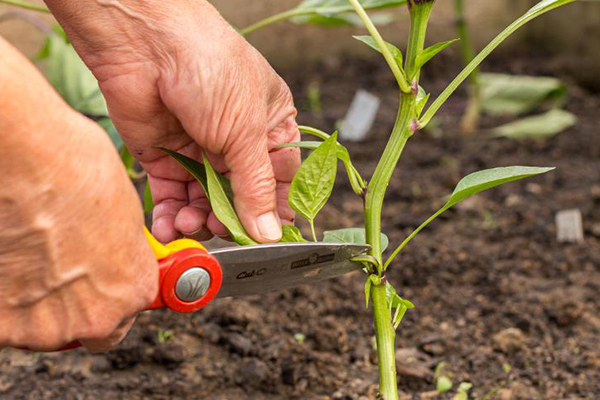

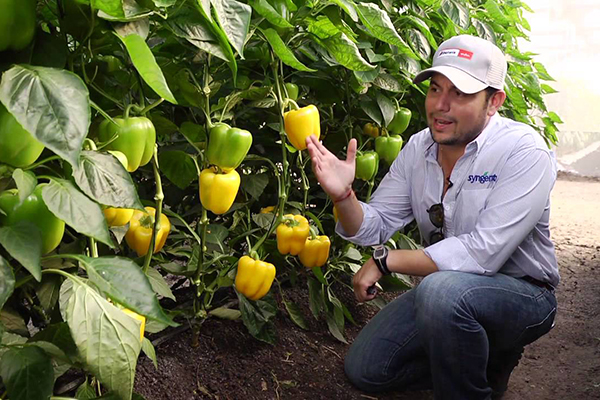

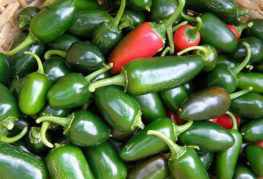
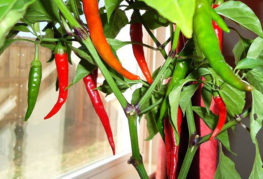
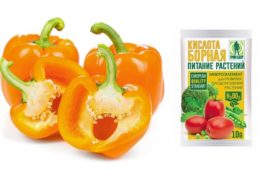
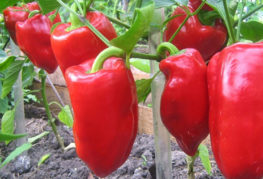
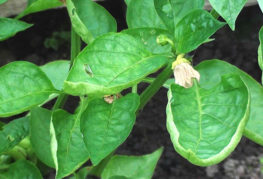
and will be published shortly.